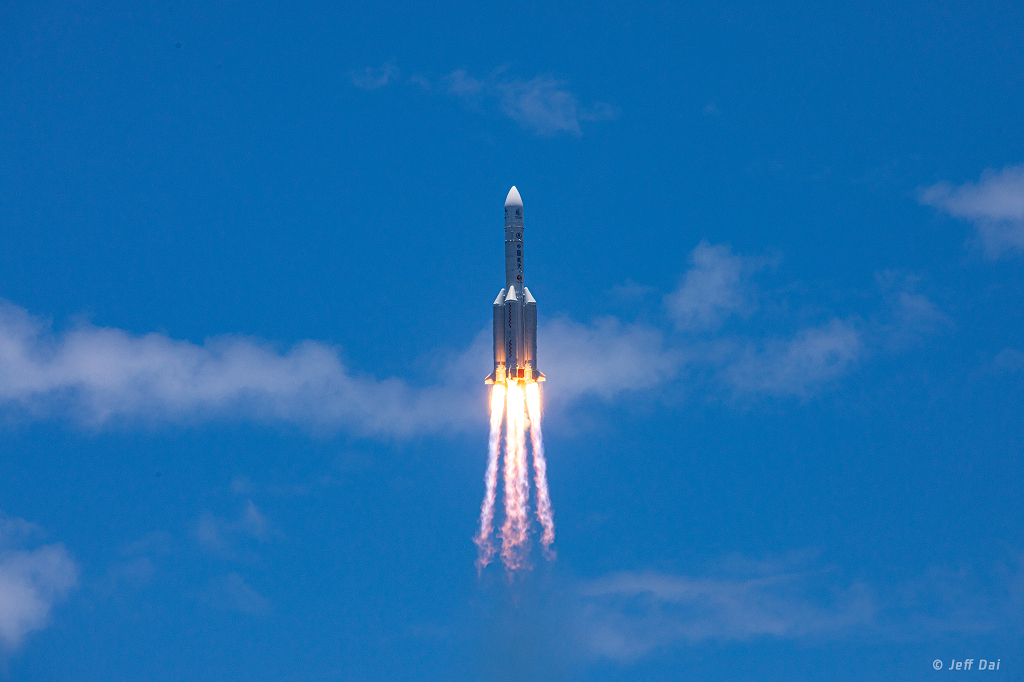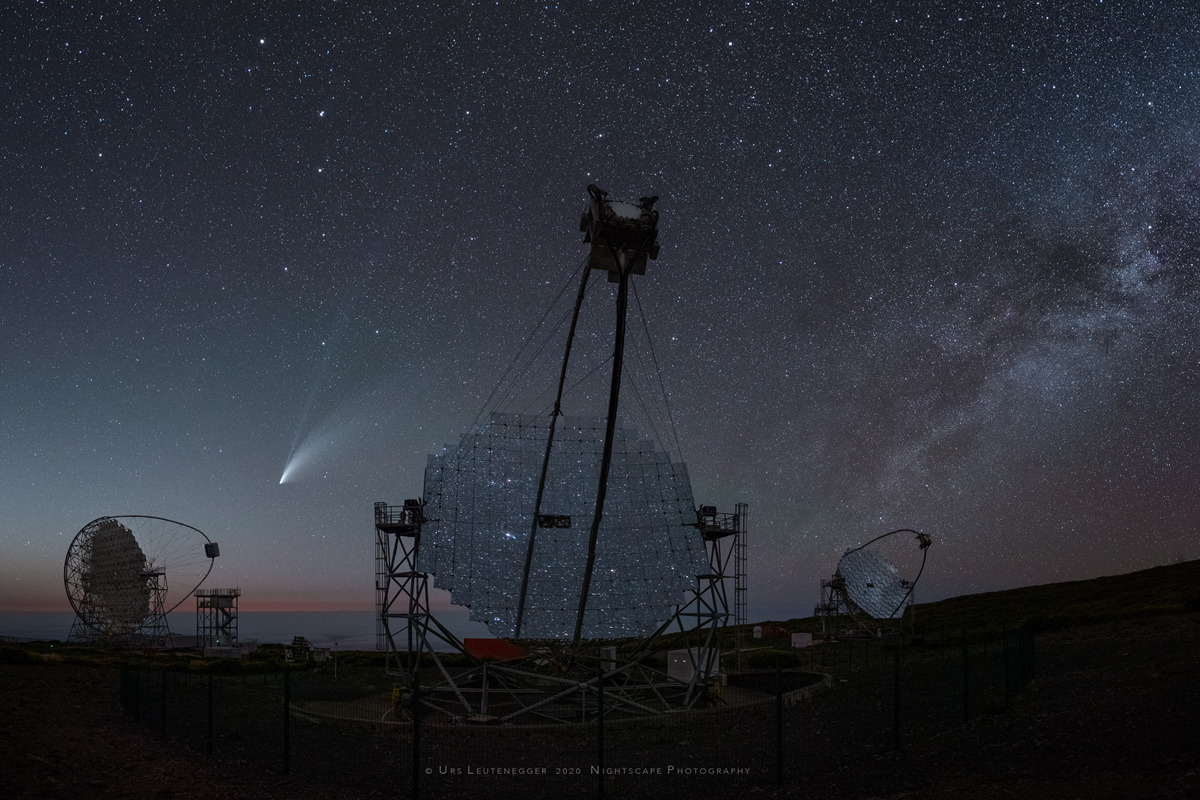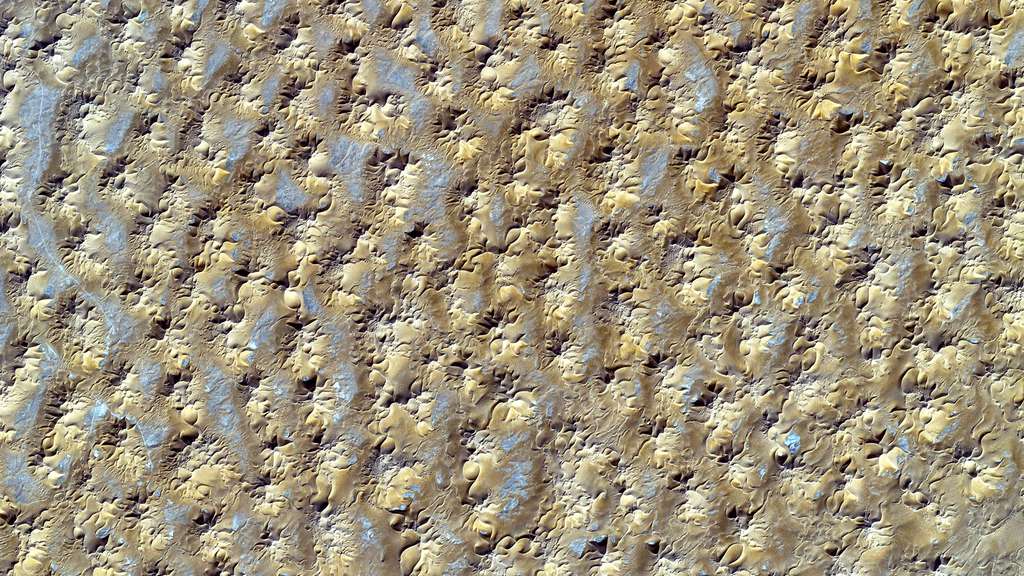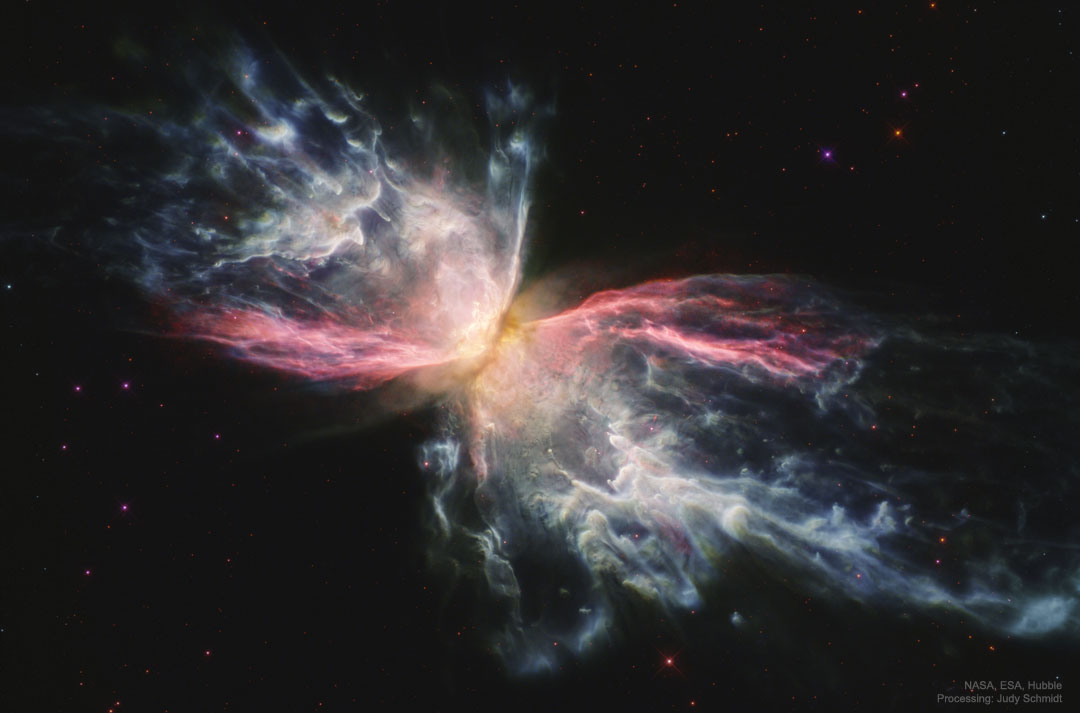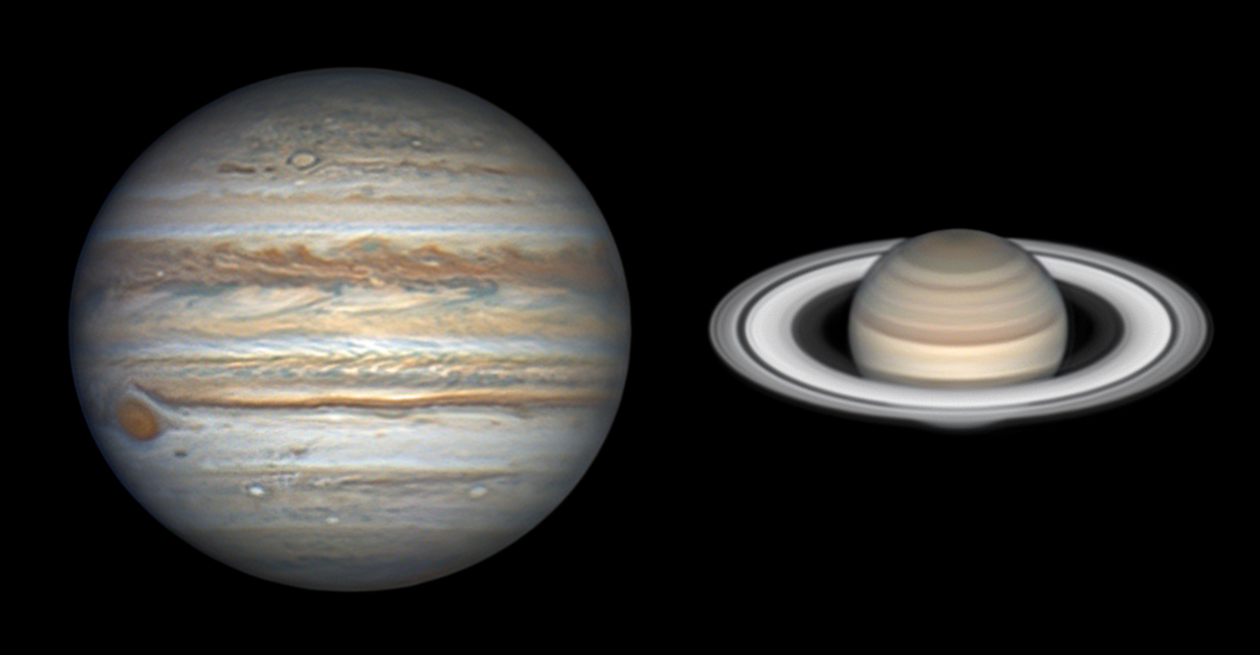
Image Credit & Copyright: Jean-Luc Dauvergne
Explanation: As Comet NEOWISE sweeps through northern summer skies, Jupiter and Saturn are shining brightly, near opposition. With Jupiter opposite the Sun on July 14 and Saturn on July 21, the giant planets are still near their closest to planet Earth in 2020. Sharing the constellation Sagittarius they are up all night, and offer their best and brightest views at the telescope. Both captured on July 22 from a balcony in Paris these two sharp telescopic images don't disappoint, showing off what the giant planets are famous for, Saturn's bright rings and Jupiter's Great Red Spot. These giants of the Solar System are worth following during 2020. On December 21, skygazers can watch the once-in-20-year great conjunction of Jupiter and Saturn.


